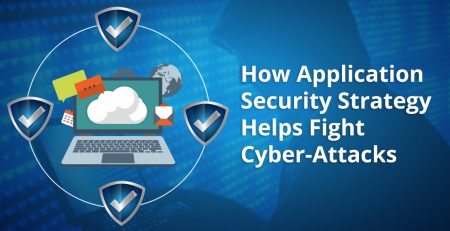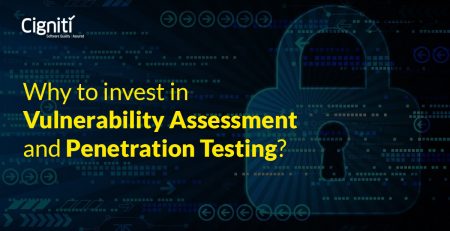The Challenges of IoT Testing And How To Overcome Them
Per Gartner, there will soon be more “Things” on the Internet than there are humans on the planet. By 2022, each household could contain more than 500 connected devices.
[Tweet “Gartner Says the Internet of Things #IoT Installed Base Will Grow to 26 Billion Units By 2020”]
While innovators and inventors are busy thinking and creating gadgets for improving our lives, testing professionals are going all out to keep a check on the safe functioning of the smart tools. To ensure that all things IoT do not have any performance, security, or functionality issues, the testers (and developers) need to think strategically and smartly. They need to devise testing strategies and plans that cover all possible scenarios and challenges for making the use of these things more safe and comfortable.
To say that Testing of all things that can be categorized under IoT is a must may sound clichéd, but then, there are a lot of organizations that still haven’t really digested the necessity and importance of the act. They need to realize that traditional ways of testing must be replaced with smarter, interoperable ways of testing that focus on the actual innovation, along with testing for the upgrades to the hardware/software.
[Tweet “Gartner Says 6.4 Billion Connected “Things” Will Be in Use in 2016, Up 30% From 2015 #IoT”]
Considering software is what keeps a smart tool working seamlessly, a lot of organizations today pay very close attention to the use of proper test automation platforms. These platforms are intelligent and adaptable enough to keep pace with the latest changes such as newer protocols and technologies.
While implementing strategic, fool-proof steps to test IoT solutions that help save costs and effort, organizations may face the following challenges:
- Lack of expertise in all the aspects of the technology being used to create the IoT solution
- Availability and implementation of platforms and tools that may be used for testing the multiple scenarios
- Development of an IOT prototype that is a match for all your business needs
- A guarantee that the prototype developed will function as required and if it is capable of envisaging all possible scenarios and then providing the correct responses
To overcome the aforesaid challenges, you must clearly define the following:
- The most basic and important functions covering the overall processes that may be captured properly in the form of a prototype or a proof-of-concept (PoC).
- All protocols as to how will data be received or transmitted.
- How other systems will be integrated with your current system?
- All the functions and features that need to be tested
- The system scalability and how do you plan to test it (continuous testing, performance testing, etc.)
- Most importantly – how do you plan to test the security and reliability of the IoT Solution?
[Tweet “Gartner Says By 2020, More Than Half of Major New Business Processes and Systems Will Incorporate Some Element of the Internet of Things #IoT”]
Defining the above in as vivid details as possible will help you come up with a clear understanding to develop the best strategy to test your IoT solutions.
It is important for any organization to not only adopt end-to-end testing practices, but also to choose a reliable service provider who can comprehensively address each dimension as captured above. An experienced partner like Cigniti Technologies will help an organization achieve reduced time to market, and better quality while ensuring scalability. Send a mail to contact@cigniti.com to get in touch with us.





Leave a Reply